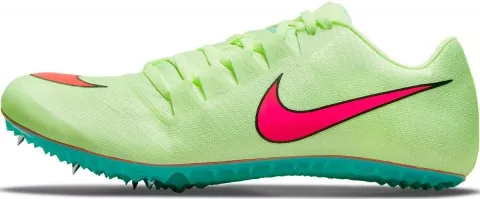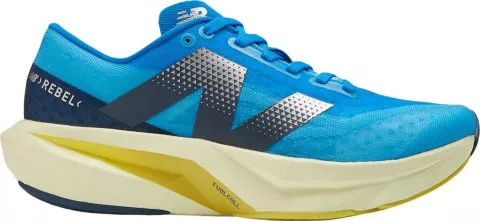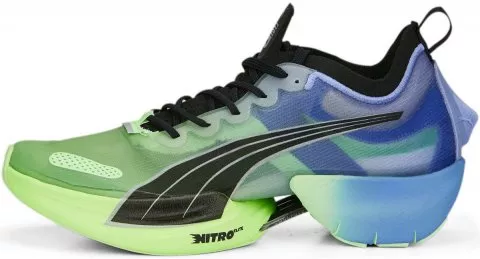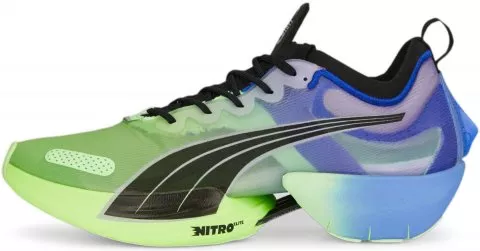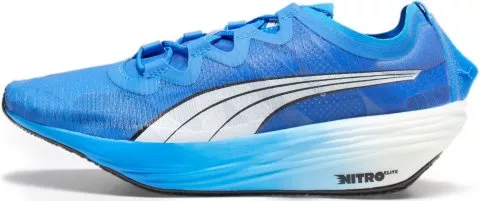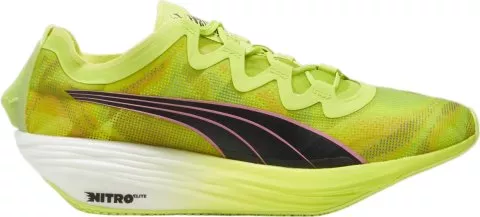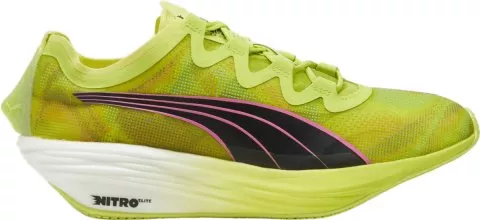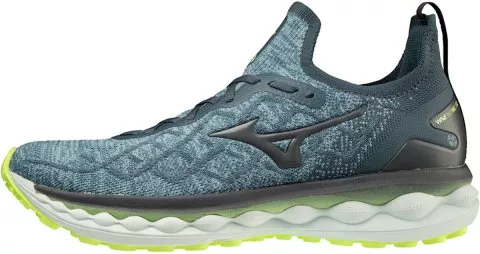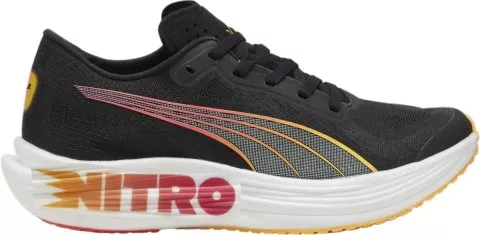We will help you choose a shoe just for you in a few steps
Landing – each runner’s foot is built and moves differently. Based on that movement, shoes are categorized into three groups:
Neutral shoes
Pronation shoes
Minimalist shoes
Surface – road, trail, artificial surfaces
Purpose – training (pace, huge volumes), race (road, track), strengthening the soles of your feet (minimalist shoes)
RUNNING
CUSHIONING
This is the greatest benefit for lots of runners, as forces equalling up to 3.5 times the weight of the athlete can be exerted on various parts of the body. Cushioning allows the runner to be less affected by landing and can run further and longer.
During a run, the weight exerted on a runner’s articular system can equal up to 3.5 times their own weight. And cushioning technologies protect their joints. When it comes to artificial surfaces, such as concrete, it’s unthinkable for most runners to wear non-cushioned shoes.
In general, the softer the surface, the less cushioning is necessary.
STABILITY / COORDINATION
When runners say “stability shoes”, they mostly mean the ones that coordinate their landing. It’s about controlling the landing of their feet, i.e. how the foot moves when it touches the surface upon landing, swinging forward, and taking off over the tip of the foot.
Show stability is provided by various systems made by various running shoe brands. These systems correct the landing in order to protect the athlete’s body. They are very ingenious and work from the very first touch until the moment the shoe again leaves the surface.
Neutral shoes provide only minimum landing correction.
Various pronation shoes provide differing levels of landing correction, ranging from slight to extensive.
Minimalist shoes provide no landing correction, since it is not in line with the essence of the minimalist concept of running.
ATTENTION: a lower level of landing correction does not necessarily mean that the shoe is less stable!
ULTRALIGHT (RACE SHOES)
The main benefit of these shoes is obvious from their name – minimal weight. These are worn by runners who aim to improve their performance and don’t need to increased cushioning or stability.
TRAIL
Trail running shoes are very different from the shoes designed for road running. Given the uneven surface, obstacles, and extreme conditions of trails, these shoes need to have some specific properties, such as a deeper pattern on the outsole to better interact with the surface.
Their midsole is usually thinner to keep the feet as close to the surface as possible, which improves stability and allows the runner to feel any changes in the running surface. Their upper is usually made of water-proof or water-repellent materials. Also, it is thicker and more durable, mainly around the toes and right above the midsole.
TRAINING
Training shoes are universal shoes used for a number of activities that are ideal for various sports and surfaces. Training shoes provide stability and support movement from side to side like a basketball shoe and forward movement like a running shoe. This way athletes don’t have to buy specialized shoes for each of their activities. Training shoes are light and flexible, and feature a non-marking outsole in order not to damage indoor surfaces in a sports arena, gym or even in a dance hall.
Men’s shoes are not suitable for women, not even in a smaller, correct size!
We will help you choose a shoe just for you in a few steps
Female runners have a unique style of running which may lead to overpronation and – without necessary correction – even injury. This is partly caused by their wider hips with a wider Q angle, which is the angle between the thighbone and shinbone. As a result, women’s soles land on the ground at a larger angle than men’s soles which leads to overpronation.
THE SHAPE OF WOMEN’S AND MEN’S LEGS AND FEET DIFFER IN SEVERAL WAYS:
- Even when they have equally long legs, women’s bones are shorter than men’s.
- Women’s arches are higher, so they need better support. Also, the middle part of their feet is lower, requiring outsoles of a different design.
- There are differences in the size of their heels as well. Therefore, women need shoes suitable for various shapes of feet. It’s not uncommon for women to prefer shoes with a tighter heel and wider tip. This is why women’s shoes are manufactured based on a special model to ensure comfort.
Women prefer softer cushioning, as legs and feet are more sensitive and weigh less those of men of the same height. Also, women usually have less muscle mass given their unique body composition, as well as more flexible joints. As a result, less strain is exerted their legs and feet upon landing, which is why a flexible midsole is important.
The most important criterion for choosing the right shoes is the way your feet land!
LANDING
These terms describe the movements of your feet when you walk or run. Pronation and supination are common and desirable biomechanical movements of your feet. Overpronation, however, may cause problems or even injury. Modern sports shoes provide solutions to achieve necessary stability by producing shoes that regulate the movements of your feet and offering excellent cushioning and stability.
PRONATION
Upon landing, the ankle turns inwards, which is the way the foot naturally absorbs the impact of the landing and stabilizes the runner into the next phase of the step.
This is not a problematic landing and requires only minimal correction. Shoes suitable for neutral landing are usually recommended here.
SUPINATION
This movement is the exact opposite of pronation. The ankle turns outwards, placing all of the runner’s weight on the outer edges of their feet, making their feet stronger upon take-off. High-performance cushioning absorbs landing impact.
Supination or neutral shoes are recommended.
OVERPRONATION
This is a problem for most runners. It means that the sole turns inwards too much (overpronation), forcing the rest of the body to compensate. Such runners usually suffer from fallen or weak arches that do not prevent this excessive movement. This is why the best choice here is a shoe that supports coordination and stability.
We will help you choose a shoe just for you in a few steps

